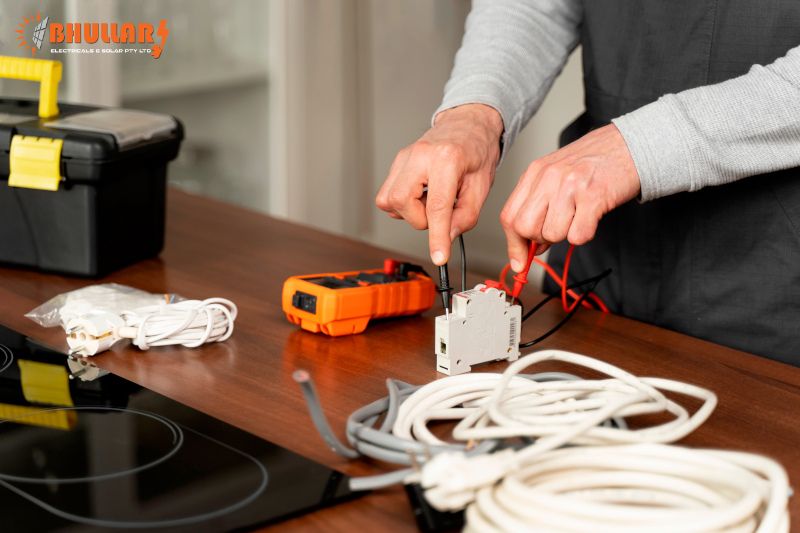
Regular electrical maintenance for your organization includes the test and tag routine, which is a crucial component of workplace safety laws. Human safety and property damage are two things you would not want to sacrifice. For this reason, you should confirm that electrical items are in good electronic condition.
However, what does “testing and tagging” actually entail? Which types of business equipment require testing and tagging? Moreover, which laws are appropriate here that you should follow? We will find the answers to all of these queries.
Let’s take a deep dive into the test and tag services.
A common electrical practice called “Test and Tag” is checking portable electrical gadgets to make sure everything is in working order. The goal is to ensure increased equipment security and efficiency.
To carry out the testing and tagging procedures, you must invite a qualified specialist. Every unit will undergo a thorough inspection to look for any damage to the guards, connectors, plugs, or cables. It’s a technique for making sure workplace safety, electrical safety laws, and Australian WHS standards are followed.
Some justifications and advantages for testing and tagging are as follows:
A certified electrician will thoroughly check each electrical device for safety before tagging and testing it. This technique primarily guarantees the safety of those employees who come into contact with the appliance during work. Second, testing and labeling reduce the possibility of electrical dangers endangering your business’s electrical machinery.
Every component of your electrical appliances is tested in accordance with Australian safety requirements to ascertain their integrity. It involves a few steps:
The primary goal is to guarantee people’s safety.
Standards for the test and tag sector are set by Australian and New Zealand rules and legislation. It guarantees the security of portable electrical devices, including appliances. The AS/NZS 3760 standard outlines who is authorized to carry out test and tag processes and suggests electrical issues such as test and tag intervals.
Australian Standards AS/NZS 3760:22 is the new name for the revised standard. You must abide by Australian WHS, electrical safety laws, and workplace safety when carrying out test and tag processes.
In general, there are two classes for electrical appliances: Class 1 and Class 2.
Devices with detachable plugs and flexible wires, as well as those with low voltages under 50V, are also tested and tagged by competent individuals. Extension leads and chord sets are a couple of examples of such gadgets. If new electrical equipment needs to be tested regularly, make sure to schedule the initial test and check it visually for damage.
It may be necessary to test and tag every month, every quarter, every two years, or every year. The kind of business you own, the location of the equipment, the surroundings in which it functions, and the degree of risk involved will all affect the intervals.
For instance, you should regularly test your electrical equipment if you work in hazardous or harsh conditions. It is required to test and tag devices operating in low-risk environments once a year or even every five years in most corporate scenarios.
AS/NZS 3760:2010, the Australian standard contains more details concerning re-inspection methods, along with particular timelines and situations.
Final Thoughts
Test & tag ensure complete peace of mind. It makes sense to hire a professional electrical contractor for anything electrical since proper electrical installations are crucial to maintaining the peak performance of your products.